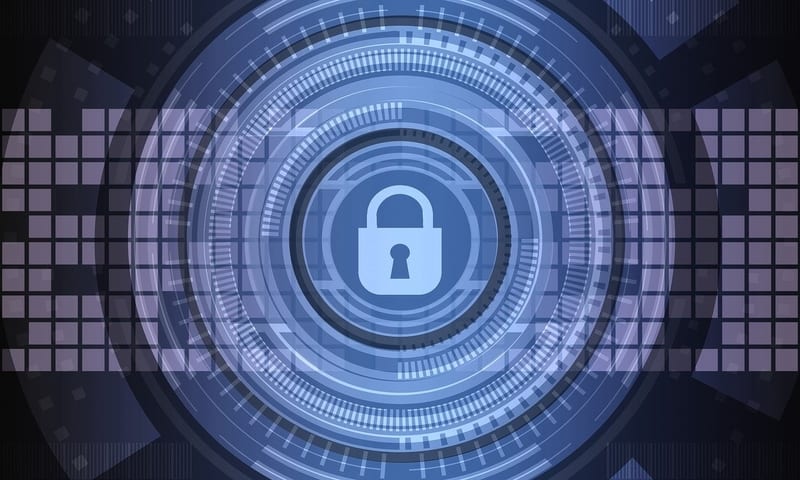The Minimum Requirements For Enterprise SIEM Solutions


What are the minimum requirements for enterprise SIEM solutions? In other words, what should your enterprise expect from even the most basic next-generation solution to conduct your cybersecurity optimally?
Looking for a SIEM solution for your business must feel like an uphill battle. Trying to sort through what each solution does, and does differently, through the deluge of information, advertisement, and expert reports can make it challenging to establish a common ground. What, exactly, are the minimum requirements for enterprise SIEM you should expect?
Not to worry, we list them below.
Widget not in any sidebars
The Minimum Requirements For Enterprise SIEM Solutions
Log Aggregation and Normalization
First, SIEM needs to provide you with threat visibility through log aggregation. With visibility into your IT environment, your cybersecurity is the digital equivalent of a paperweight. Log aggregation collects the terabytes of security data from crucial firewalls, sensitive databases, and key applications; this allows you to analyze the data and find connections, improving visibility greatly.
However, each component of your IT environment creates logs in different languages and formats, making simple aggregation not enough. Instead, you need log normalization, which (as the name suggests) normalizes the data into a single, readable format and language for easy analysis.
Threat Alerting, Contextualization, and Response
When SIEM finds a threat among the piles of security event data it has collected, it needs to be able to send an alert to your IT security team. This function is key, as it enables your IT security team to conduct faster, more focused investigations and prompt response with great efficiency.
However, simply generating alerts isn’t enough. If your SIEM simply sends an alert for every potential security event, your team will become swiftly overwhelmed by the flood. False positives can abound, especially in older solutions. Therefore, you also need to deploy threat contextualization, which helps to sort out what actors were involved with the security event, what parts of the network they operated with, and when.
Contextualization helps IT security teams sort through the alerts to find actual potential threats. In fact, they can use automated configuration processes to automatically filter some contextualized threats, reducing the number of alerts received.
Ideally, your SIEM should help your enterprise handle the threats direct, most often through operation halting while investigations occur.
Compliance
Rounding out the minimum requirements for enterprise SIEM solutions, we need to consider what tools do for humans. Broken down, they either make human tasks easier or do things humans cannot do.
While your human IT security team can do your compliance reports (every business has its own mandates), this takes up time and energy; this is time and energy better spent threat hunting or handling direct problems. SIEM can automatically fulfill your compliance reports through hundreds of out-of-the-box options.
Looking to the Future
Of course, your enterprise may wish to explore what’s available beyond the minimum requirements for SIEM. For example, SOAR solutions can orchestrate disparate solutions, automate processes, and optimize threat response. You can learn more about that here and more about SIEM here.
Widget not in any sidebars


















